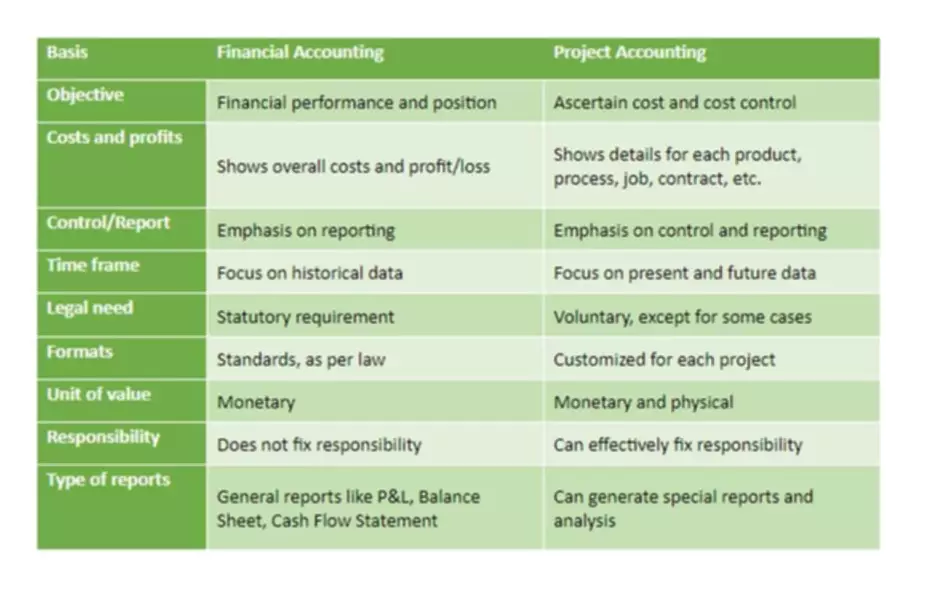Content

Are you thinking of selling your business or company in the future? Then, you should understand that there are other factors you should consider, as business equity shouldn’t how is owner’s equity calculated necessarily determine how much you should sell your business. Brand awareness, business location, and some other intangible assets would make a better determining factor.
- Venture capitalists provide most private equity financing in return for an early minority stake.
- The balance of Mid-com International shows the values as given below and wants to know the value of the owner’s equity at the end of the Financial Year 2018 using the same information.
- Also, when comparing the statement of owner’s equity of two accounting periods, if you find an increase in the net income figure, it means that the company has generated more profit over time.
- For a sole proprietorship or partnership, the value of equity is indicated as the owner’s or the partners’ capital account on the balance sheet.
- Mezzanine transactions often involve a mix of debt and equity in a subordinated loan or warrants, common stock, or preferred stock.
Knowing the owner’s equity helps a company assess its financial status and make decisions regarding growth and expansion. Analyzing the total owner’s equity over time also helps determine if the company is gaining or losing value. The result of this calculation represents the company’s total assets before subtracting liabilities.
Get fresh finance insights, monthly
It is named market equity, as it calculates the worth of a brand compared to a generic or store-brand equivalent of a good. A company mentions its net income on the statement of owner’s equity and its income statement.
In public companies, it is the Shareholder’s Equity, and in private companies – the Owner’s Equity. In accountancy, the owner’s equity represents the returned value to a company’s shareholders if all the assets get liquidated, and all its debts get paid off. Another term that needs to be mentioned in the Statement of Owner’s Equity. The owner arrives at this figure when he/ she writes the Owner’s capital at the beginning of the period, then adds up the revenue, deducts the withdrawals, and calculates the capital. To calculate owner’s equity, first add the value of all the business’s assets, which include real estate, equipment, inventory, retained earnings and capital goods, the Corporate Finance Institute notes.
Ensure your SMB is in good financial standing
Investors usually seek out equity investments as it provides a greater opportunity to share in the profits and growth of a firm. The amount of money transferred to the balance sheet as retained earnings rather than paying it out as dividends is included in the value of the shareholder’s equity. A statement of owner’s equity helps investors understand the changes in equity value over an accounting period. Whether equity has increased or decreased during the given timeframe, the owner’s equity statement serves to illustrate the reason why the valuation has changed. Owners’ equity is the total amount that the business owes to its owners . Essentially an organization owes to its owners, the initial amount of investment and subsequent gains and losses obtained by the business from its origination. If owners have withdrawn any amount from the business, that amount is also been adjusted accordingly.

Learn financial statement modeling, DCF, M&A, LBO, Comps and Excel shortcuts. The following changes occurred in the equity accounts throughout 2021. This is the amount of money that shareholders pay to acquire stock. This happens when they pay more for the stock than what the value is stated as being. Finally, it’s important to note that owner’s equity is different from an owner’s draw, which refers to money that is actually paid to the owner of a business. Michael R. Lewis is a retired corporate executive, entrepreneur, and investment advisor in Texas.
An Overview of Owner’s Equity
The tools and resources you need to take your business to the next level. The tools and resources you need to run your business successfully. The tools and resources you need to get your new business idea off the ground. Self-Employed The tools and resources you need to run your own business with confidence. https://www.bookstime.com/ Midsize Businesses The tools and resources you need to manage your mid-sized business. Your Guide to Growing a Business The tools and resources you need to take your business to the next level. Your Guide to Running a Business The tools and resources you need to run your business successfully.
- We mentioned various formulas supported by different examples.
- Owner’s equity is calculated by subtracting the total debt obligations or liabilities from the total assets owned by the firm.
- To calculate owner’s equity, subtract the owner’s liabilities from total assets.
- On a balance sheet, the total value of assets are listed at the end of the section.
Among other reasons why the owner’s equity is an important calculation is that it can help provide you with a price for your business that is likely the liquidation value. Owner’s equity is an accounting perspective that measures your business’s value and not necessarily what your business or company is worth. This content is for information purposes only and should not be considered legal, accounting, or tax advice, or a substitute for obtaining such advice specific to your business. No assurance is given that the information is comprehensive in its coverage or that it is suitable in dealing with a customer’s particular situation. Intuit Inc. does not have any responsibility for updating or revising any information presented herein. Accordingly, the information provided should not be relied upon as a substitute for independent research.
Still, before you can make an accurate calculation, you’ll need to know your business’s assets, liabilities, and owner’s shares. Owner’s equity is typically recorded at the end of the business’s accounting period. The statement of owner’s equity essentially displays the “sources” of a company’s equity and the “uses” of its equity.